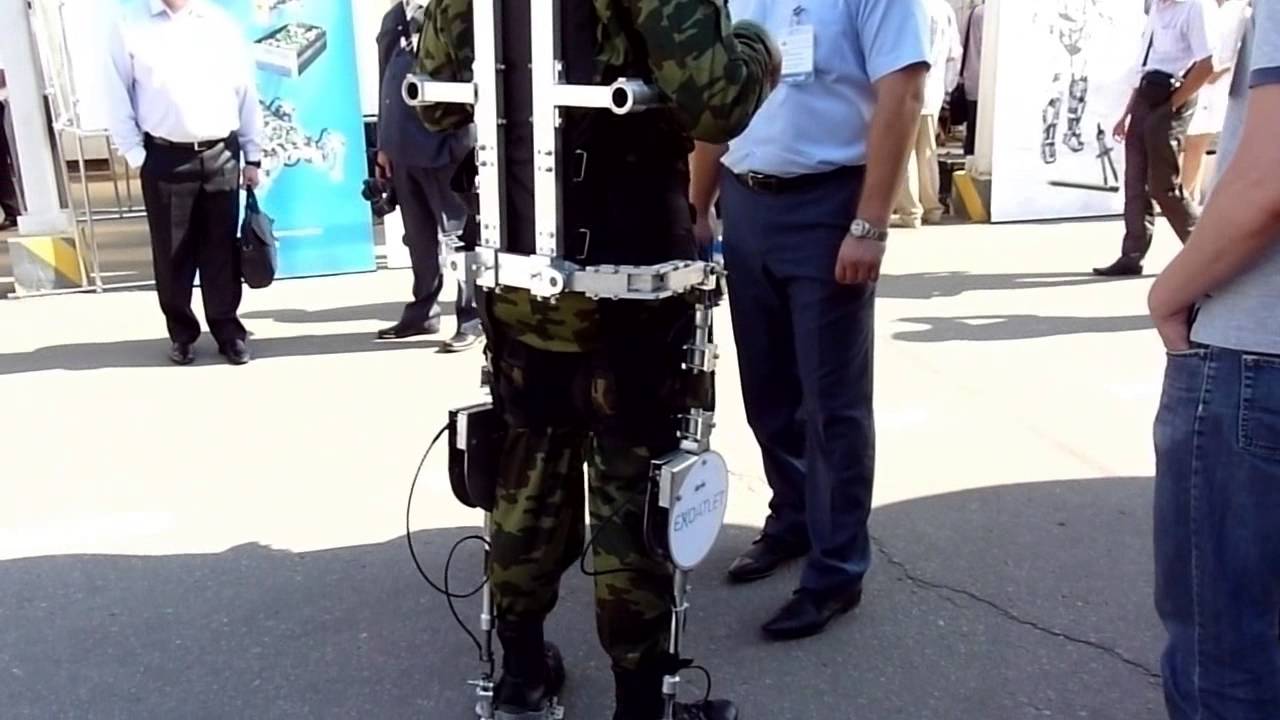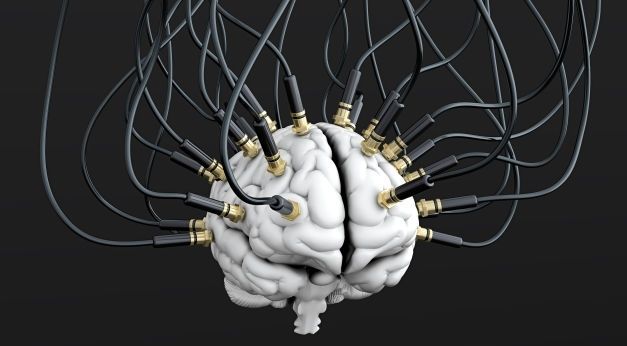Anyone, want to work for the SCO?
A little known Pentagon office tasked with tweaking existing U.S. military weapons is a key player in staying ahead of Russian and Chinese capabilities.

Anyone, want to work for the SCO?
A little known Pentagon office tasked with tweaking existing U.S. military weapons is a key player in staying ahead of Russian and Chinese capabilities.

Russia’s new mind control exoskeleton.
THE era of the ‘robo-soldier’ is nearing as Russia claims to be perfecting machines that will revolutionise warfare.

Space is not a government program; it’s the rest of the Universe. Private space business is now a major factor, bent on finding investors interested in generating profits by making space more accessible to more people. Space business pays taxes to governments; it does not consume tax revenues. Further, space business can offer launch services to government agencies at highly competitive rates, thus saving taxpayer dollars. How can they do this, competing with government-funded boosters with a 50-year track record? Simple: governments have no incentive to cut costs. Traditional aerospace industry giants have a huge vested interest in boosters that were developed to military and NASA standards, among which economy was not even an issue. But innovative, competitive companies such as XCOR Aerospace and Mojave Aerospace, without such baggage (and overhead) can drive costs down dramatically. This is a proven principle: notice that we are no longer buying IBM PCs with 64 k of RAM for $5000 a unit.
Even more important in the long view, space is a literally astronomical reservoir of material and energy resources. The profit potential of even a single such resource, such as solar power collectors in space beaming microwave power to Earth, is in the trillions of dollars. What would it be worth to the world to reduce fossil fuel consumption by a factor of 20 or 100 while lowering energy costs? Can we afford to continue pretending that Earth is a closed system, doomed to eke out finite resources into a cold, dark future?
Can we afford space? Wrong question. Can businesses afford space? Yes. We get to reap the benefits of their innovative ideas and free competition without footing the bill.

DoD spending $12 to $15 billion of its FY17 budget on small bets that includes NextGen tech improvements — WOW. Given the DARPA new Neural Engineering System Design (NESD); guessing we may finally have a Brain Mind Interface (BMI) soldier in the future.
The Defense Department will invest the $12 billion to $15 billion from its Fiscal Year 2017 budget slotted for developing a Third Offset Strategy on several relatively small bets, hoping to produce game-changing technology, the vice chairman of the Joint Chiefs of Staff said.
I am in favor of responsible development of new technologies but, as always, it is a double-edged sword.
Scientists say smarter autonomous robots are dangerous and may start new era in warfare.

A neural interface being created by the United States military aims to greatly improve the resolution and connection speed between biological and non-biological matter.
The Defence Advanced Research Projects Agency (DARPA) — a branch of the U.S. military — has announced a new research and development program known as Neural Engineering System Design (NESD). This aims to create a fully implantable neural interface able to provide unprecedented signal resolution and data-transfer bandwidth between the human brain and the digital world.
It’s not a fighter jet, it’s a Warthog (A-10), obviously.
Assuming this footage is real, that probably means it’s some kind of experimental ground attack drone. Also, I’ve read that there have been a few warthogs converted into drones themselves, so maybe it’s some sort of drone integration trials or something.
Or it’s aliens.
wink
Excited UFO hunters claim to have spotted fighter jets chasing an ‘alien ship’ — but then deciding not to shoot.
Naturally, the seasoned alien-spotters at UFO Sightings Daily claim this is proof that Earth’s military know not to mess with alien craft.
The incident, at Nova Zagora in Bulgaria, was shared by local site Portal12 — and shows a series of stills captured over the villages of Gaz and Zagortci.

The US Military’s experimental research division DARPA have confirmed that they’re to begin work on the world’s first human computer interface. This would effectively allow soldier ‘cyborgs’ to connect directly to computers and ‘talk’ to them.

I see this competition now between the US vs Russia/China in robotics as a good thing. For one it will make the silly campaigns against robots go away, as this will now become a matter of national security to advance robotics. And, secondly, it will force the government to put up a huge amount of money into robotics research even if they didnt really want to; the old guys think robots are silly. What that means for us in the general public is that we will get robot caregivers much sooner than we thought thanks to all this defense spending on robotics.
U.S. officials have ordered an investigation into whether China might be gaining an unfair competitive advantage in the robotics race.

It’s been a weird day for weird science. Not long after researchers claimed victory in performing a head transplant on a monkey, the US military’s blue-sky R&D agency announced a completely insane plan to build a chip that would enable the human brain to communicate directly with computers. What is this weird, surreal future?
It’s all real, believe it or not. Or at least DARPA desperately wants it to be. The first wireless brain-to-computer interface actually popped up a few years ago, and DARPA’s worked on various brain chip projects over the years. But there are shortcomings to existing technology: According to today’s announcement, current brain-computer interfaces are akin to “two supercomputers trying to talk to each other using an old 300-baud modem.” They just aren’t fast enough for truly transformative neurological applications, like restoring vision to a blind person. This would ostensibly involve connect a camera that can transmit visual information directly to the brain, and the implant would translate the data into neural language.
To accomplish this magnificent feat, DARPA is launching a new program called Neural Engineering System Design (NESD) that stands to squeeze some characteristically bonkers innovation out of the science community. In a press release, the agency describes what’s undoubtedly the closest thing to a Johnny Mneumonic plot-line you’ve ever seen in real life. It reads: